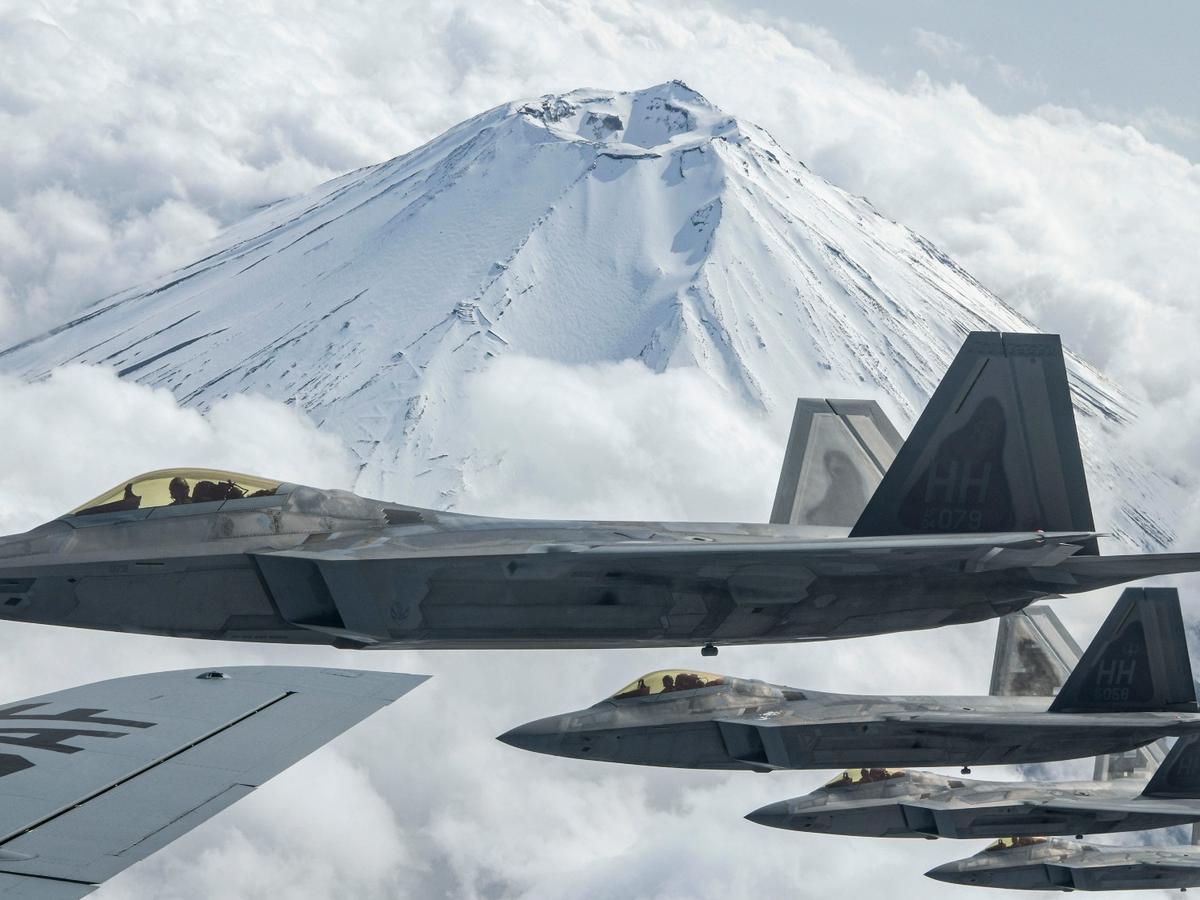Challenges and Opportunities for U.S. Forces in the Indo-Pacific

Discussions about U.S. military posture in the Indo-Pacific often assume that the United States will have the ability to not only quickly access its military capabilities stationed in the region, but also to freely operate from bases in allied countries. The authors of this report explore this assumption, examining the opportunities and constraints that the U.S. military might face when operating from the territories of Japan, the Republic of Korea (ROK), and the Philippines. The authors examine the basing and access assumptions for the U.S. military should it wish to preposition supplies in, and operate from, these allies in peacetime and in a conflict over Taiwan when these allies themselves have not been attacked.
For this research, the authors conducted a comprehensive literature review of historical and current studies on access; held an internal RAND workshop with military experts to determine the types of capabilities and access requests the United States might make of Japan, the ROK, and the Philippines in a Taiwan contingency; conducted extensive discussions and interviews in the fall of 2022 with officials and experts in Japan, the ROK, and the Philippines and with U.S. government personnel and experts in the United States who work on issues related to these three allies; and examined important agreements the United States has with each treaty ally that are relevant for U.S. military access and basing.
The authors present their findings regarding access and basing for each ally and recommend ways to improve outcomes in both areas.
Key Findings
- The agreements that the United States has with Japan, the ROK, and the Philippines regarding U.S. military access and ability to deploy forces in peacetime are ambiguous about U.S. military access in a conflict if the allied country is not directly threatened.
- Differences in interpretations of key bilateral agreements related to basing and access have the potential to lead to different expectations about what types of capabilities or forces require the host country’s consultation or consent, and what U.S. military activities would be acceptable to conduct directly from that ally in different situations.
- More than legal agreements, domestic political considerations — including public opinion and local politics — play a significant role in determining whether U.S. forces are granted access in many situations.
- The United States’ ability to operate from Japan, the ROK, and the Philippines in a conflict over Taiwan in which the allied country is not directly attacked appears to be limited.
- Japan is the most likely to grant access to U.S. forces in a contingency over Taiwan if Japan itself is not attacked, but that support is likely to take time; the ROK and the Philippines are much less likely to grant U.S. forces access if they themselves are not attacked.
Recommendations
- Plan for some amount of uncertainty related to access decisions in a conflict, and take into account host nation sensitivities to certain types of capabilities and fears over the risk of Chinese retaliation.
- For Japan, discuss intra-country regional differences to determine the most accessible locations for U.S. capabilities or forces; increase exercises and rotational training to normalize U.S. military presence and build community relations; and focus on expanding deployment of nonkinetic capabilities, which are least likely to be trigger host nation concerns. The United States should also discuss with Japan the need for rapid decisionmaking in a conflict, and conduct more engagement to better understand what Japan is willing to do in a conflict.
- For the ROK, seek clarity as to whether U.S. deployment of troops over current levels could provide an opportunity to later draw on those forces; frame access requests as intended to deter North Korea when relevant; clarify the conditions under which the U.S.-ROK Mutual Defense Treaty applies; and work to regularize having U.S. Forces Korea and ROK forces exercise off the Korean Peninsula with like-minded regional militaries.
- For the Philippines, use rotational access to maintain a presence throughout the year; conduct a public messaging campaign to support broader strategic initiatives; and ensure compatibility between U.S. access requests and the requirements of the Armed Forces of the Philippines. The United States should also work to counter Chinese efforts to influence local Philippine officials and seek clarification on how to invoke and implement the U.S.-Philippines Mutual Defense Treaty.
– Published courtesy of Lawfare.


